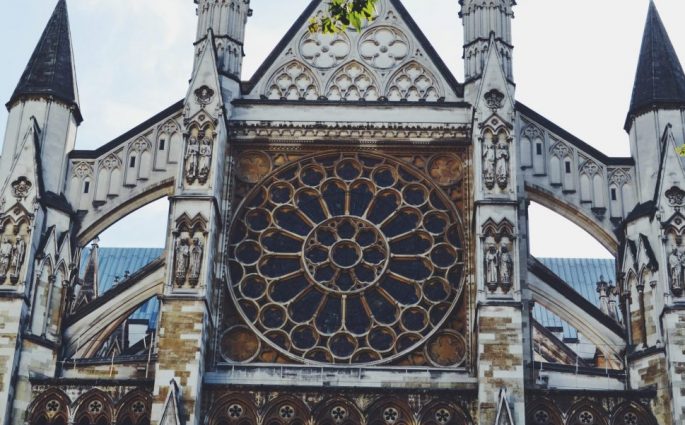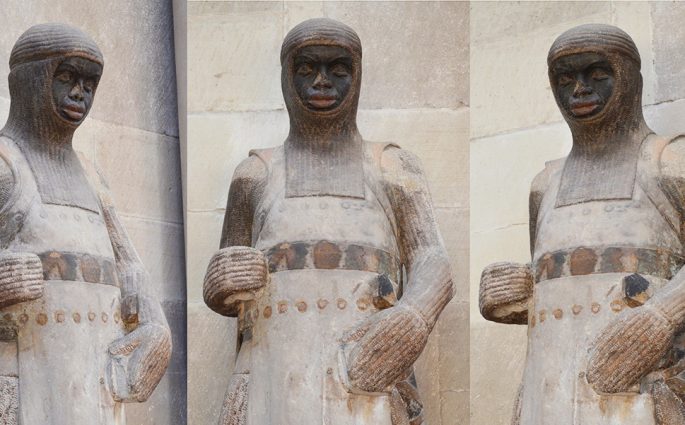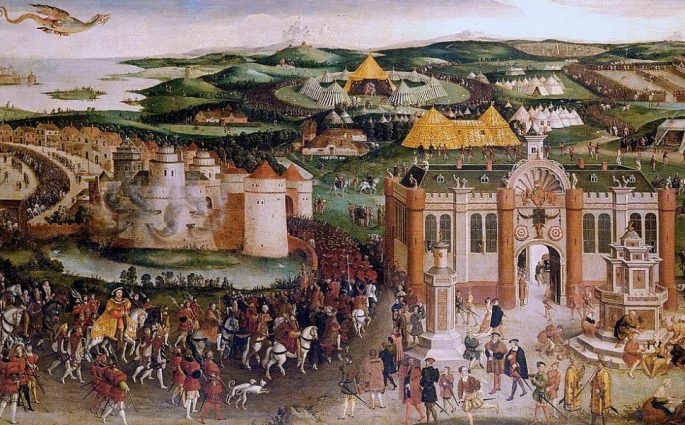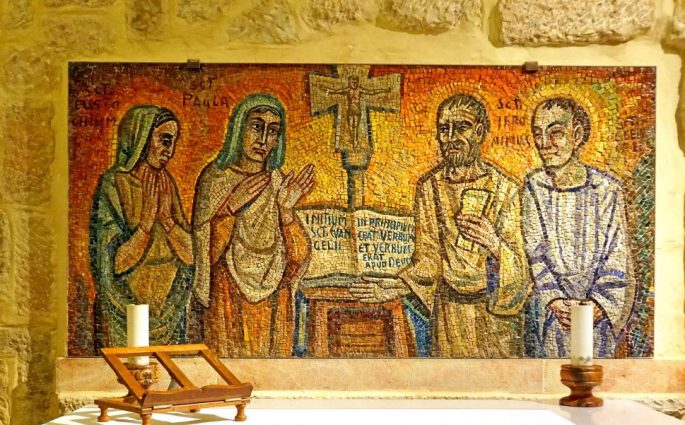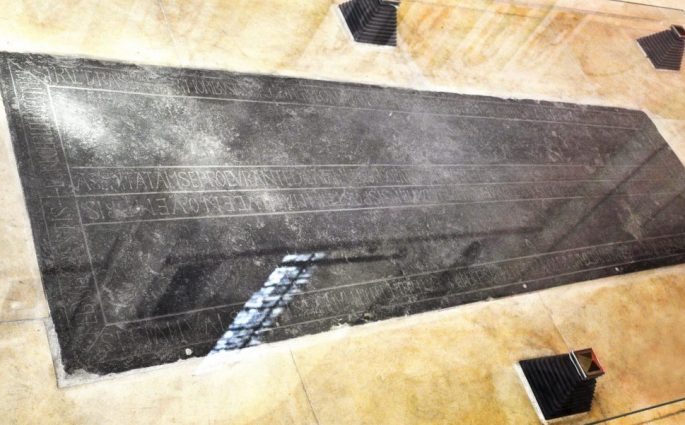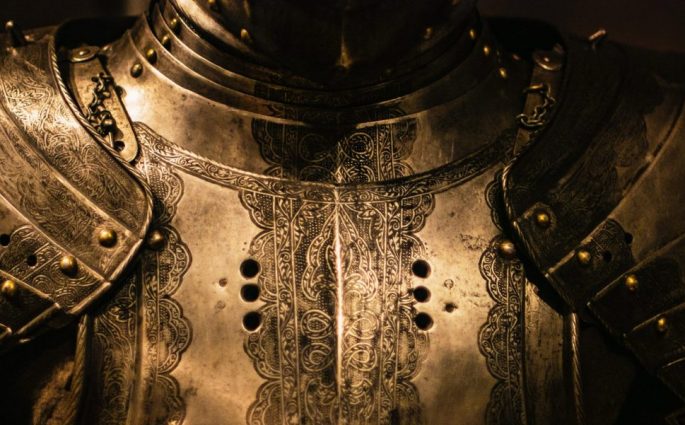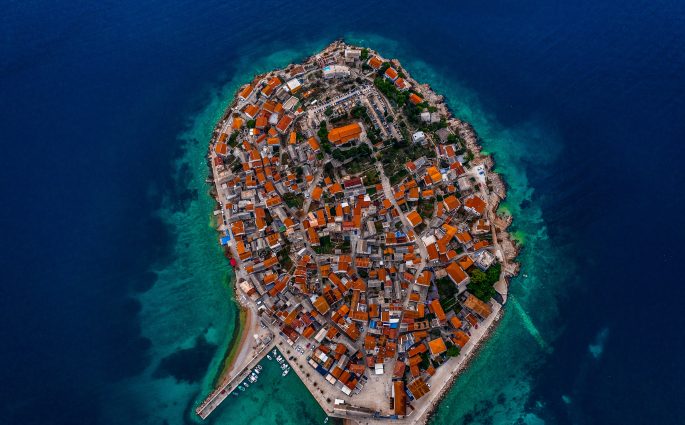The Letters of King Henry III
David Carpenter— King Henry III of England, the son of King John, reigned for fifty-six years from 1216 to 1272, one of the longest reigns on record. He was nine when he came to the throne, sixty-five when he died. We know more about Henry, on a day-to-day basis, than























